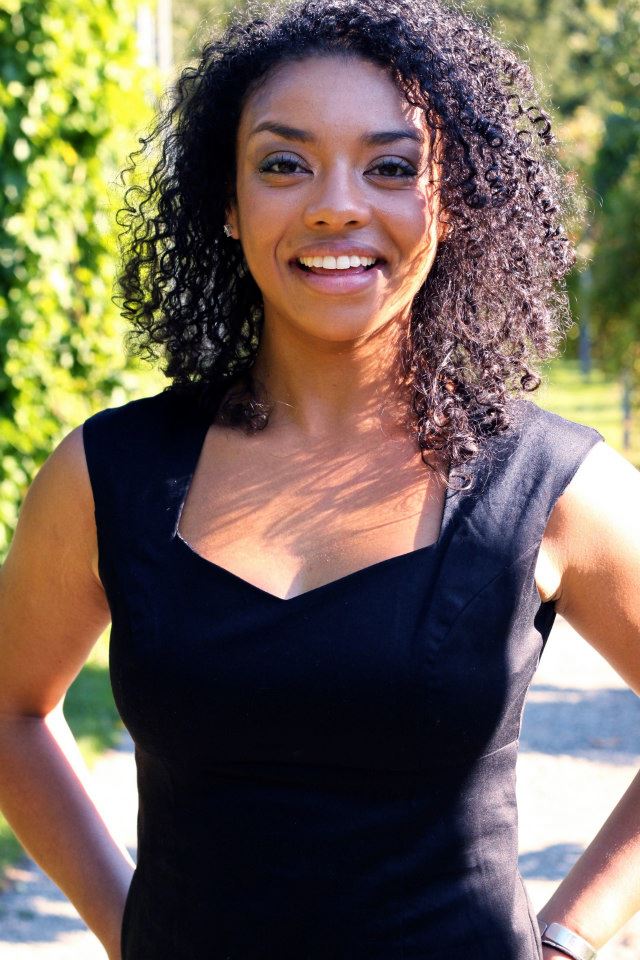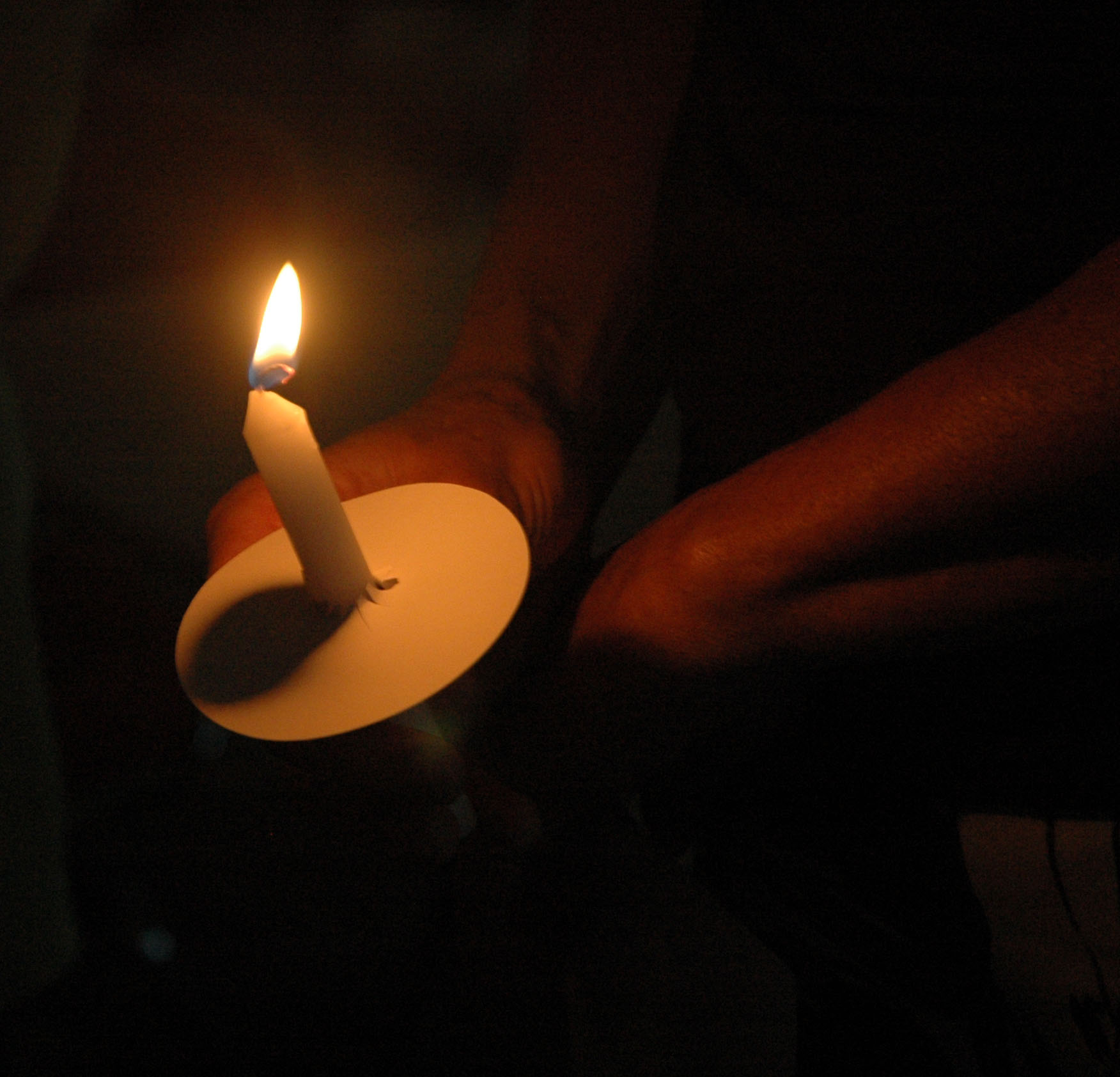These Drawings in a Museum Reveal a Huge Problem for Black Women

By:
Thousands of black women go missing in the U.S. every year, often to very little media attention.
 Flickr - flickr.com
Flickr - flickr.com
As The Grio's George M. Johnson recently wrote, names like Natalie Holloway, Elizabeth Smart, and Jon Benet Ramsey dominate headlines, "yet the missing black and brown women seemingly get lost as a quick segment on the local news with few gathering for community vigils."
When it comes to the far less reported deaths and disappearances of black women, the numbers are stark.
According to a recent statement by New Jersey Rep. Bonnie Watson Coleman, there are more than 64,000 black women reported missing. And earlier this month, activists needed to force the disappearance of eight black girls in Washington D.C. into the national spotlight.
Now, an artist with an exhibit at the California African American Museum is hoping to bring attention to missing black women across the U.S.
Kenyatta A.C. Hinkle, 29, is originally from Louisville, Kentucky but currently splits her time between Los Angeles and Oakland, California. She created an art series called "The Evanesced," which shows 100 black women, who are each representative of somebody who was lost and never found.
ATTN: talked to Hinkle via phone and email about the motivation behind her art series.
ATTN: Why did you want to focus your art on this subject matter?
Kenyatta A.C. Hinkle: For the past eight years I have been making work about erasure, colonialism, and perceptions that are placed onto the black female body. "The Evanesced" at The California African American Museum is my first time explicitly talking about contemporary erasure. After learning about several cases in which black women were being disappeared, lost, abused and forgotten, I became haunted by my research and the unfathomable numbers, so much so that I felt compelled to talk about it in my work.
I have spent years talking about these concepts and battling human trafficking and the residue of history, so it was a natural progression for me to make work about this state of emergency that we find ourselves in. I am interested in what art has the power to do, and how art can be used as a platform to raise awareness, challenge, and to make us think and accept responsibility for our roles that we play within a society. I strongly feel that this body of work is tapping into that.
ATTN: What do you want people to know about this work?
KH: What I've been stressing about this body of work is that I'm not making actual portraits of victims. I'm trying to invoke all of these things that humanize it. I'm really trying to conjure these presences to talk about loss, but also not keep them in this state where they're just victims of loss. They're wearing hats and doing numerous things that are about jobs and life and living, and, about the black experience in America.
ATTN: Do you feel that society gives black women the attention and value they deserve?
KH: If our society gave black women the attention and value that they deserve there would be no need to create this work, to have a #SayHerName movement to have a term #BlackGirlMagic and all iterations that black women and femmes have created in order to uplift, to mourn, and to seek justice. Historically black women are counted last in terms of the labor that contributed to creating this powerful country.
